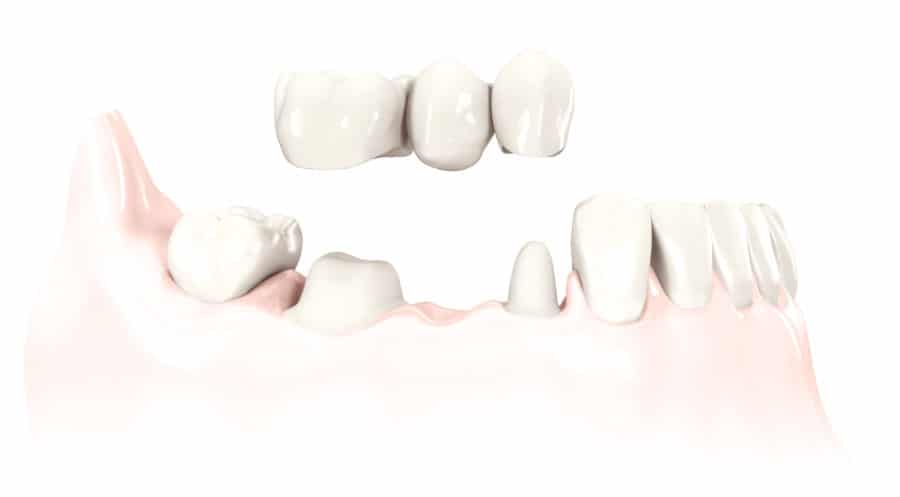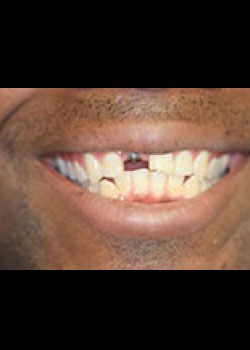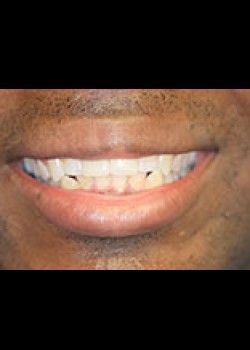Dental Bridges
Dental bridges replace missing teeth by “bridging” the gap between two remaining teeth. There are different types of bridges to choose from.
- Traditional bridges: also called fixed bridges the dentist creates a pontic, or false, tooth with a dental crown on either side. The crowns are fitted over the remaining teeth to hold the false tooth in place.
- Resin bonded bridges: the pontic tooth is fused to a metal band. The metal band, in turn, is bonded to the back of the remaining teeth with white resin cement.
- Cantilever bridge: dentists recommend this bridge when there are only teeth on one side of the gap. While traditional bridges have a crown on either side of the pontic, cantilever bridges consist of two side-by-side crowns and only one is connected to the pontic.
- Inlay Bridge: this is a more conservative type of bridge instead of crowning the teeth you prepare the teeth conservatively for inlays. The pontic is attached to inlay preparations on either side.

To design a bridge, a dentist must reshape the teeth to make room for the crowns and then make a mold of the teeth. This mold is then sent off to a laboratory, where the actual crowns and bridge are made. With proper oral hygiene, bridges can last up to ten years. However, improper or infrequent brushing and flossing, irregular dental visits, and excessive sugar and starch intake can all bring untimely damage to the bridge.



